Download your PDF score!
By music teachers, for their students
| Title | Author | Set | Prices | ||
|---|---|---|---|---|---|

|
Cantate Aux Voiles du Voyage |
Colette Mourey |
Orchestre Symphonique |
39.90€ |
|

|
Fantaisie Alpestre |
Paul Collin |
Orchestre Symphonique |
39.90€ |
|

|
Dusk |
Pascal Kinadjian |
Orchestre Symphonique |
49.90€ |
|
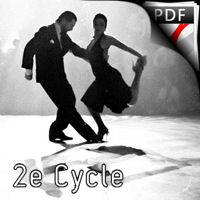
|
Plaçotango (Symphony Orchestra) |
Jean-Michel Trotoux |
Orchestre Symphonique |
19.90€ |
|
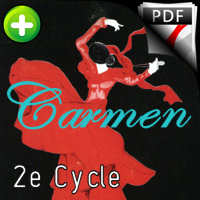
|
Toréador Concertino |
Georges Bizet |
Orchestre Symphonique |
19.90€ |
|

|
Concertino Elegiaque (La fille aux cheveux de lin) |
Claude Debussy |
Trompette & Orchestre Symphonique |
19.90€ |
|
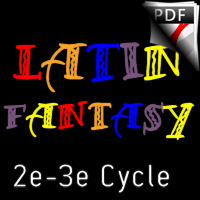
|
Latin Fantasy |
Franck Masquelier |
Ensemble Symphonique |
39.90€ |
|
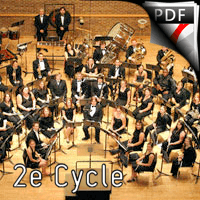
|
Tzigane |
René Potrat |
Orchestre Symphonique |
39.90€ |
|
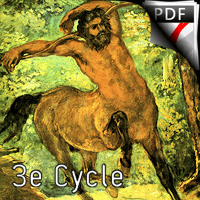
|
Tazokei |
Jean-Jo Roux |
Orchestre Symphonique |
39.90€ |
|

|
Ave Maria (symphonic orchestra) |
Jean-Jo Roux |
Soprano et Orchestre Symphonique |
39.90€ |
A symphony orchestra is a large instrumental ensemble typical of classical music, mixing instruments from different families, including bowed string instruments such as violin, viola, cello and double bass, as well as brass, woodwind and percussion, grouped in sections. Other instruments such as the piano and celesta may sometimes appear in a fifth keyboard section or stand alone, as may the concert harp and, for the performance of some modern compositions, electronic instruments.
A full symphony orchestra may sometimes be called a philharmonic orchestra. The actual number of musicians employed in a given performance may vary from seventy to over one hundred, depending on the work being performed and the size of the hall. The term chamber orchestra (and sometimes concert orchestra) usually refers to smaller ensembles of fifty or fewer musicians. Orchestras that specialize in the Baroque music of Johann Sebastian Bach and George Friedrich Handel, for example, or the Classical repertoire, such as that of Haydn and Mozart, tend to be smaller than orchestras that perform Romantic music, such as the symphonies of Johannes Brahms. The typical orchestra grew in size during the eighteenth and nineteenth centuries, reaching its peak with the large orchestras (up to 120 musicians) that the work of Richard Wagner and, later, Gustav Mahler.
Orchestras are usually led by a conductor. The conductor unifies the orchestra, sets the tempo and shapes the sound of the ensemble. The conductor also prepares the orchestra by leading rehearsals before the public concert, during which the conductor instructs the musicians on the interpretation of the music played on the scores.
The conductor of the first violin section, commonly called the concertmaster, also plays an important role in directing the musicians. In the Baroque era (1600-1750), orchestras were often led by the concertmaster or by a musician playing continuo on a harpsichord or pipe organ, a tradition that some 20th and 21st century early music ensembles continue. Orchestras play a wide range of repertoire, including symphonies, opera and ballet overtures, concertos for solo instruments, and pit ensembles for operas, ballets, and some types of musical theater.
Amateur orchestras include elementary and high school orchestrasAmateur orchestras include elementary and high school bands, youth orchestras, and community orchestras, the latter two of which are usually made up of amateur musicians from a particular city or region.
The term orchestra derives from the Greek ὀρχήστρα (orchestra), the name of the space in front of a stage in ancient Greek theater reserved for the Greek chorus.
